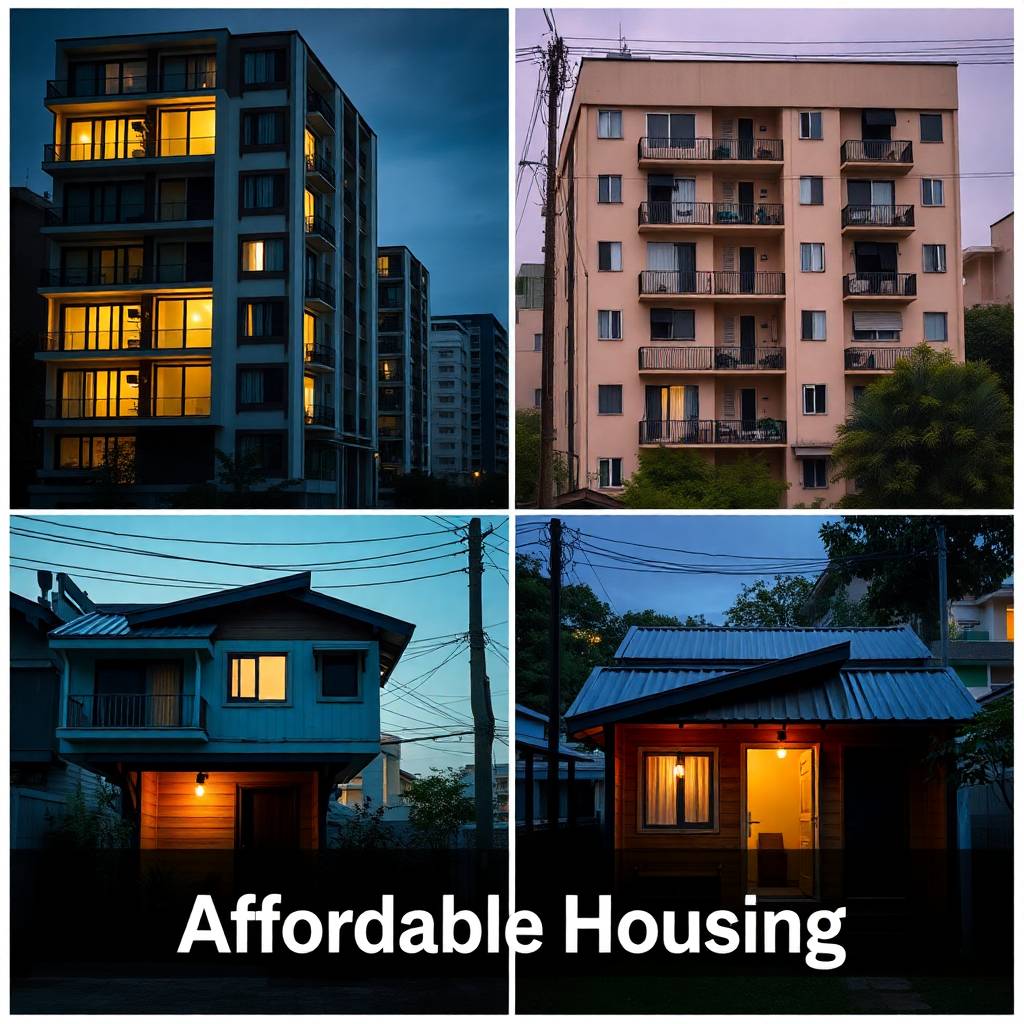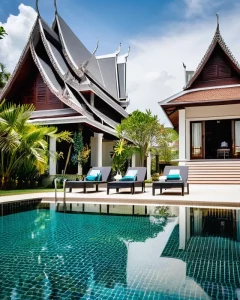Too Many Requests from Your Network
Please complete verification to access this content.
 Navigating Challenges and Embracing Innovations
Navigating Challenges and Embracing Innovations
The Growing Need for Affordable Housing
Thailand’s urban areas are expanding at an unprecedented rate. According to the World Bank, over 50% of Thailand’s population now lives in urban centers, up from 31% in 1990. This surge has significantly increased the demand for housing, particularly in cities like Bangkok, where economic opportunities attract migrant workers from rural areas.
However, this demand is met with considerable economic disparity. A report from Habitat for Humanity indicates that around 6-8% of Thailand’s population still lives below the poverty line, predominantly in the agricultural sector, with the southern and northeastern regions experiencing double the national poverty rate. This economic divide makes affordable housing a pivotal aspect of social welfare, influencing quality of life and social stability.
Challenges in Housing Affordability
- Economic Disparities: The stark income inequality in Thailand means that a significant portion of the population cannot afford market-rate housing. The cost of living in urban areas, coupled with stagnant or low income for many, exacerbates this issue.
- Rapid Urbanization: Urban growth often outpaces the development of affordable housing units. With limited land availability in prime urban areas, housing projects are pushed to less central, less accessible locations, impacting the daily commute and life quality of residents.
- Regulatory and Policy Barriers: Housing policies in Thailand have historically focused more on quantity rather than quality or sustainability, leading to housing that might not be adequately adapted to local climate conditions or community needs.
- Cultural Integrity: Maintaining cultural aesthetics and community structures is challenging when implementing large-scale housing projects, potentially leading to cultural displacement or loss of traditional living patterns.
Innovative Solutions to Housing Challenges
Micro-Apartments: In response to space constraints and the need for cost-effective living, micro-apartments have emerged as a solution. These units, often less than 20 square meters, are designed for efficiency and affordability, catering especially to single occupants or couples. Companies like Karmod are pioneering in this sector, providing modular and prefab housing that balances cost with quality.
-
Baan Mankong Program: This initiative empowers communities to secure land and improve their living conditions, with over 130,000 households benefiting through collective housing projects. It emphasizes community involvement, ensuring that housing solutions respect cultural nuances.
-
Baan Eua-Arthorn: Aimed at low-income groups, this program has resulted in the construction of approximately 280,500 housing units since 2003, though critics argue it often places these homes far from urban centers, affecting job accessibility.
Private Sector Involvement: Private developers are also stepping up. For example, the Thai Community Development Organizations Institute (CODI) collaborates with local communities for housing upgrades, using innovative financing like collective savings groups. These efforts ensure that housing not only becomes affordable but also suits the cultural and environmental contexts of the residents.
Technological and Design Innovations: There’s a push towards sustainable and climate-responsive designs. Research into improving thermal comfort in low-income housing through passive design strategies shows potential in reducing living costs by making homes more energy-efficient.
Conclusion
 The journey towards affordable housing in Thailand is fraught with challenges but is also rich with innovative solutions. By integrating cultural sensitivities with modern design and leveraging both public and private initiatives, Thailand is making strides towards housing that is not only affordable but also enhances the quality of life. As urban growth continues, these efforts will be crucial in shaping a future where everyone has access to a place they can call home, without compromising on cultural identity or environmental considerations. In addressing these issues, Thailand offers a case study for other developing nations facing similar urbanization and economic challenges, proving that with creativity and collaboration, housing can be both a right and a reflection of cultural integrity.
The journey towards affordable housing in Thailand is fraught with challenges but is also rich with innovative solutions. By integrating cultural sensitivities with modern design and leveraging both public and private initiatives, Thailand is making strides towards housing that is not only affordable but also enhances the quality of life. As urban growth continues, these efforts will be crucial in shaping a future where everyone has access to a place they can call home, without compromising on cultural identity or environmental considerations. In addressing these issues, Thailand offers a case study for other developing nations facing similar urbanization and economic challenges, proving that with creativity and collaboration, housing can be both a right and a reflection of cultural integrity.



